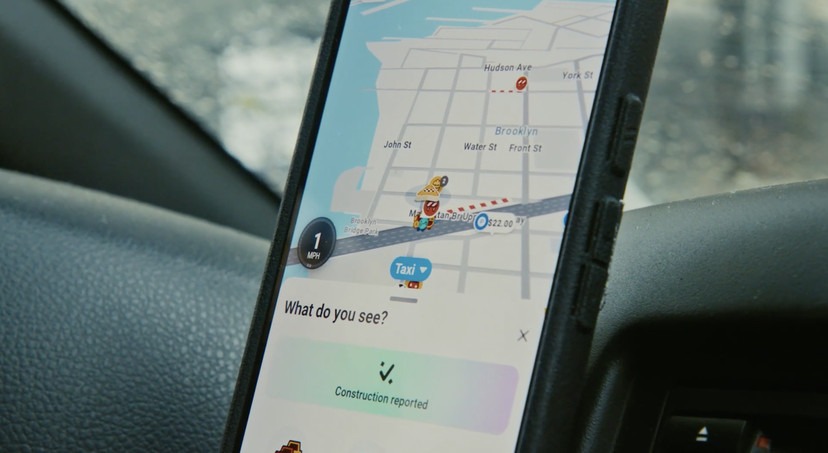Waze is currently piloting an innovative update designed to enhance user experience by allowing drivers to report traffic incidents using natural speech. This new feature enables users to tap on the app’s reporting button and verbally communicate what they observe, such as stating, “Looks like there’s a traffic jam up ahead.”
Once you provide your report, the app will utilize Google’s Gemini AI model to interpret your spoken words and generate a corresponding report. If your description is somewhat vague, for example, saying “There’s something on the road,” Waze might prompt you with follow-up questions like, “Can you describe what you see?” This interactive dialogue allows the app to gather more details, which helps in accurately categorizing the incident.
Previously, users could only report traffic incidents by navigating through various options within the app, a process that can be cumbersome and distracting while driving. The new voice reporting feature will be available in beta to “trusted testers” on both Android and iOS platforms starting this week. Initially, it will support English, but Waze has plans to extend its availability to additional users and languages in the coming months.
In addition to this voice reporting update, Waze is also set to enhance its map features by incorporating school zones globally later this year. This addition aims to improve safety by reminding drivers to exercise extra caution in areas frequented by children.
Waze’s emphasis on voice interaction signifies a broader trend in app development, where user convenience and safety are prioritized. This update not only makes it easier for drivers to report incidents without diverting their attention from the road but also enhances the overall functionality of the app. As Waze continues to integrate advanced AI technology, the potential for more interactive and intuitive features is vast, promising to further enrich the user experience.
The introduction of voice reporting could significantly streamline how drivers communicate traffic information. By minimizing the need for manual inputs, Waze hopes to reduce distractions, thereby promoting safer driving practices. This move is particularly timely, as the conversation around road safety continues to gain momentum, with many advocating for technology that supports safer driving environments.

As part of its commitment to continuous improvement, Waze recognizes the importance of user feedback. The beta testing phase with trusted testers will allow the company to fine-tune the voice reporting feature based on real-world usage and experiences. This iterative process is crucial for ensuring that the final product meets user expectations and functions seamlessly within the app.
Moreover, the addition of school zones on the map reflects Waze’s proactive approach to community safety. By highlighting these areas, Waze aims to foster a more cautious driving culture, especially during school hours when children are most likely to be present. This feature not only serves as a reminder to drivers but also demonstrates Waze’s dedication to enhancing road safety for all users.
Looking ahead, Waze’s plans to expand the voice reporting feature to multiple languages indicate a commitment to inclusivity and accessibility. By catering to a broader audience, Waze ensures that more drivers can benefit from this innovative functionality, making the roads safer for everyone.
In summary, Waze’s upcoming voice reporting feature and the introduction of school zones are significant advancements that align with the app’s mission to enhance driver safety and convenience. As technology continues to evolve, Waze is poised to remain at the forefront of driving assistance, providing users with the tools they need to navigate the roads more effectively and safely.
